Knowing the most dangerous animals in a place is essential, whether you want to go camping, follow tourist routes or enjoy hiking. For this reason, it is important to know the most lethal species in Spain and where to find them, in order to avoid a quick visit to the hospital.
If you are going to travel through Spain, you may be interested in knowing the fauna of those places you plan to go to. Especially if you are in the countryside, being aware of which are the most dangerous animals in the area could save you from an urgent visit to the hospital.
Although going for a walk or exercising in the countryside may seem very safe, accidents do happen. Therefore, the more people know our whereabouts, and the better we know the way, the more likely we are to be found quickly in the event of an incident.
Although this is something that many people already take into account before going to the forest or the countryside, there is an issue that still few people pay attention to, the fauna. Knowing the animals that we can encounter, especially the most dangerous, is almost as important as knowing the route. These are the ones you can find in Spain:
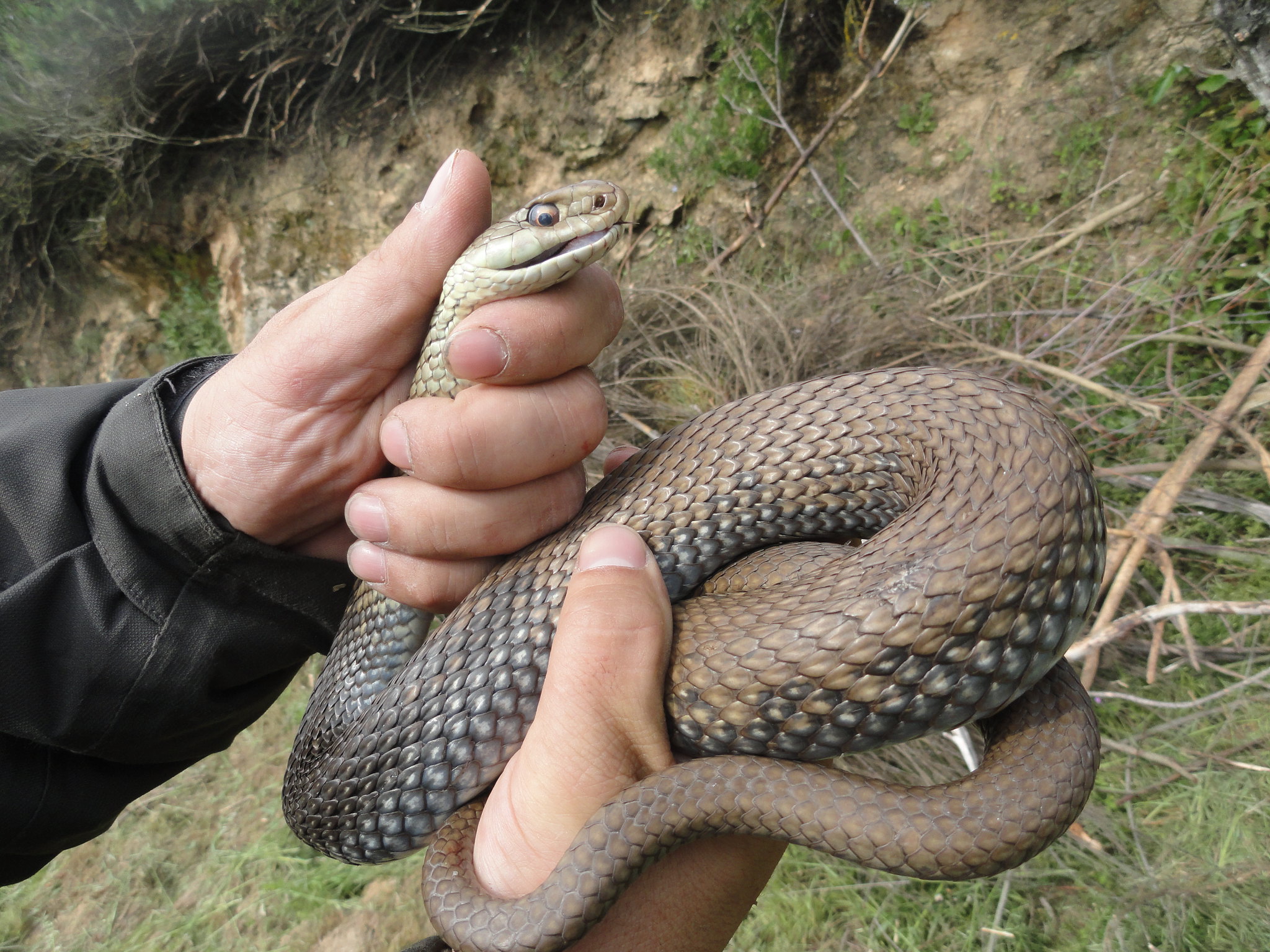
1. The snakes
Although most species of snakes in Spain are harmless to humans, five of them are poisonous. We are talking about three types of vipers, the asp, the Seoane and the snout; and two types of snakes, the bastard and the Manto.
Although they do not come anywhere near the most dangerous snakes on the planet, the bite of any of them does require an antidote and immediate treatment. Therefore, be careful when stepping on the ground, because although they feed on mice, birds and insects, if they feel threatened they can attack you.
Specifically, the asp viper, the most dangerous, measures less than 70 centimetres, lives for about 18 years and inhabits forests and grasslands. It can be found in the region of Catalonia, the province of Burgos, the Ebro valley and in the northern Iberian System.
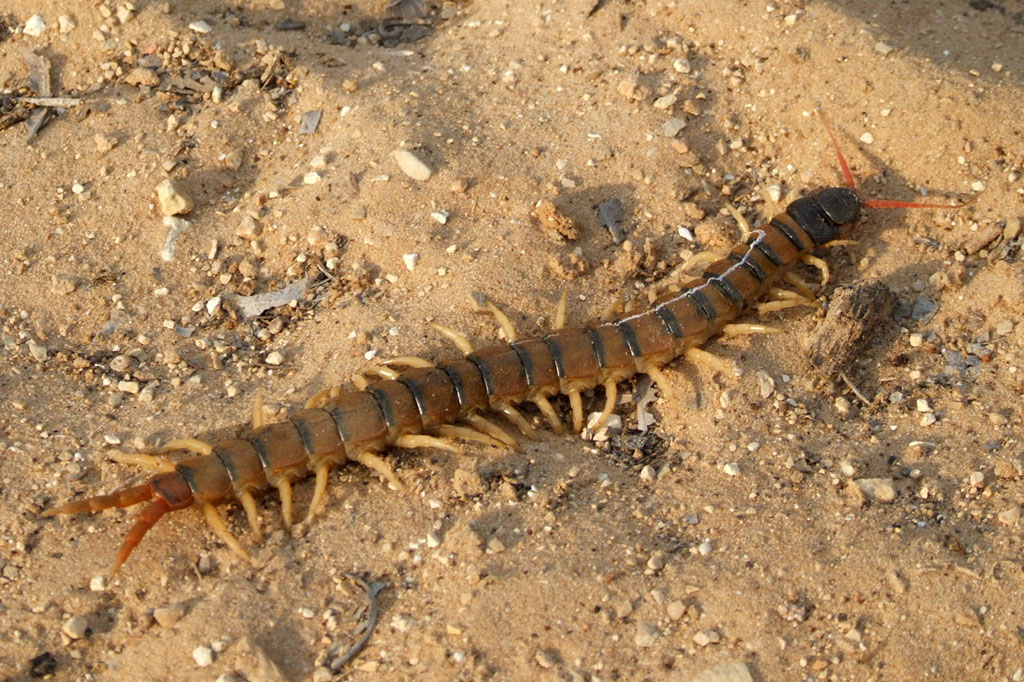
2. The Centipede,
The centipede is a species of myriapod, also known as centipedes, black and yellow in colour. It is about 8 inches tall, has 21 pairs of legs, and its sting is extremely painful. They are found throughout the Spanish territory, including urban areas, but they are more common on the Mediterranean coast. Although they are not lethal, if this animal bites you, you will probably have to go quickly to the hospital.

3. Spiders
One of the most common phobias in society is arachnophobia. However, among all the species of spiders out there, few are poisonous, and even less lethal to humans. Specifically, in Spain, there are about 1,500 types of arachnids, of which only two are very dangerous.
The first of these is the Iberian black widow, Latrodectus tredecimguttatus in Latin. It receives this name because the female eats the male after mating. It measures approximately 15 millimetres, is black in colour and has red spots on top. Although its bite is rarely fatal to a human being, its high dose of venom can cause serious problems in children and the elderly. They can be found in the Levante peninsular and in Almería.
The second most dangerous spider in Spain is the Yellow Sac spider, Cheiracanthium punctorium in Latin. It measures about 10 millimetres and, as its name suggests, it is yellow in colour. It is not lethal, but it can cause severe pain and itching.
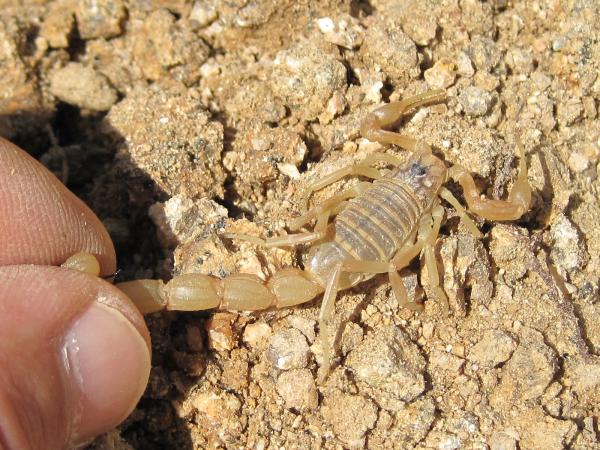
4. Scorpions
These animals are among the most dangerous in Spain. They are found in the countryside, under rocks or in shady places, and a sting from them implies a quick visit to the emergency room. The yellow scorpion is the most frequent scorpion in the country. It is small and yellow in colour, and it is rarely lethal. The black scorpion is also very common, especially in northern Spain.
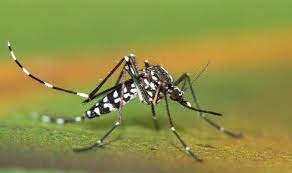
5. The tiger mosquito
According to the World Health Organization, the animal that takes the most lives in the world is the mosquito, due to all the diseases that it can transmit with its bite. Specifically, the tiger mosquito infects yellow fever, dengue and Zika. It is found in hot and humid areas, such as the Mediterranean coast, but it is increasingly present in the rest of the provinces.
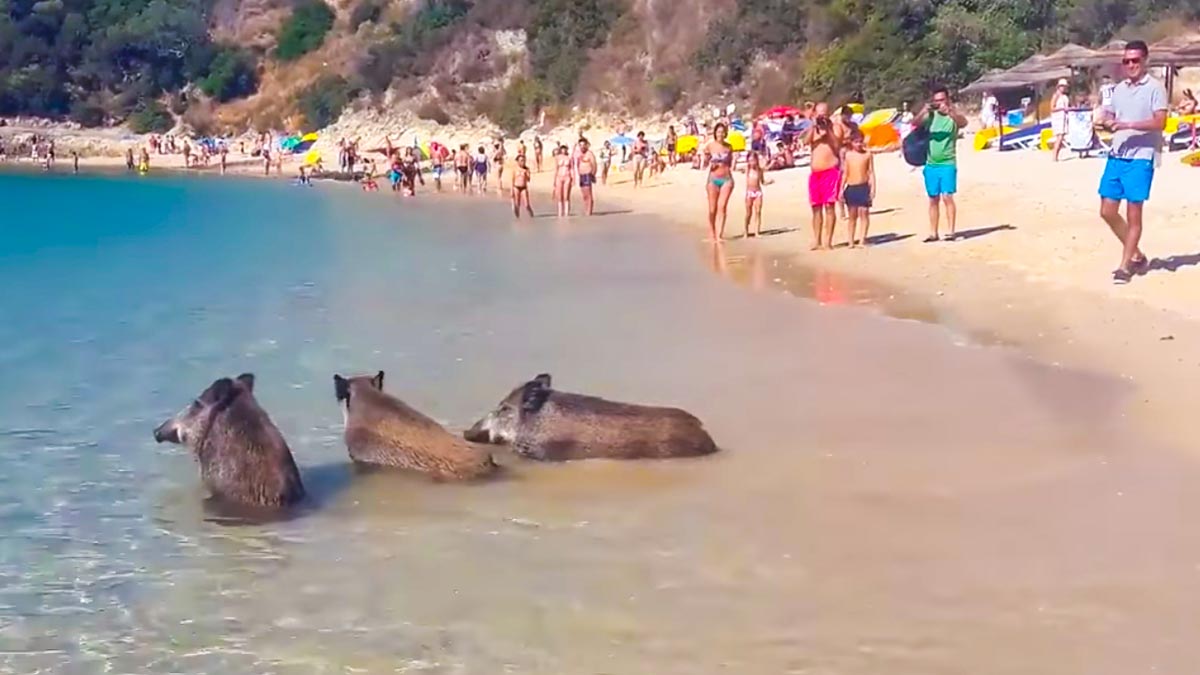
6. Wild boars
In recent years, urban areas have seen how these wild pigs increased in number, and they got closer and closer especially during the pandemic. In doing so, they can be threatened by our proximity, so we must be very alert in the presence of any wild boar, due to their aggressiveness. They have been sighted on beaches in Barcelona and also wandering through villages in the countryside.